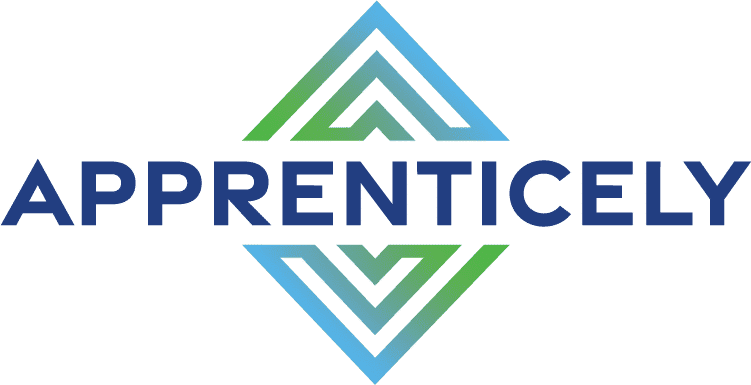LET THE SPARKS FLY
Innovation needs a culture that fosters fireworks
Charles D. Morgan, CEO, First Orion
ONE OF THE paradoxes of modern business is that success tends to stifle the innovation that made a company successful in the first place. If you think about it, that’s not all that hard to understand: Innovation breeds success, success breeds expansion, expansion breeds bureaucracy, bureaucracy breeds logjams and a kind of complacent short-sightedness, borne of the sheer weight of that success and the processes that support it. So companies that have become big and successful by creating a successful product tend to focus on continuing to make that product better or on improving the service around that product, rather than on doing the hard work of branching out—of creating something new and different. But this is a recipe for disaster. Today’s business world moves too fast, and if you don’t keep innovating, one of these days you’re not going to be around anymore.
Let me tell you a story: For 35 years, I ran Acxiom Corporation. In the early ‘70s we started, with just 25 employees, as a “service bureau,” which meant we rented out space on our computers to other companies. But as computers became more prevalent, and therefore less expensive, we could see that we were rushing headlong toward a dead end. So we pivoted to direct marketing, and eventually to data mining and database marketing. One by one, we landed the big banks—Citi, Chase, Amex, JPMorgan, you name them, we had them. Between 1982 and 1991, our annual revenue increased from $7 million to some $90 million, the vast majority of it from the banks, who increasingly depended on us to give them accurate information on potential credit card customers. We went public in 1983, adding stockholders to the people we had to please. Growing like a weed, we were adding layers of managers and VP’s and directors faster than we could print their business cards. By the middle of the 1980s, I could walk down our main hall and see people I didn’t even know.
To my mind, one of the greatest requirements of a successful CEO is to be able to keep one eye on the far horizon. In the midst of the maelstrom, I was looking ahead, and the problem I foresaw was that we couldn’t continue processing greater and greater amounts of data in the same old way without becoming less and less accurate. If we kept doing what we were doing, eventually we would be of no use to the banks, and that would be that. “But,” I said to one of my partners, “what if we could give everybody in the U.S.—and every single address—a number?” Such a thing had never been done. But I knew that if we could come up with a series of constant numbers, we could eliminate much of the time, computer power, and uncertainty then inherent in data processing.
The more I thought about it, the more I realized it wasn’t even a choice—it was either disrupt every single process that we had worked for two decades to establish, or face the fact that we were on our way to becoming a dinosaur. But oh, the screams, the wails, the hand wringing! I had to finally threaten to quit the company before my people came around and faced the inevitable. And yes, it was hard. It took a couple of years to create the data mining system we called AbiliTec, and several more years to implement it throughout our business—about five years in all. But once done, it kept us relevant. When I left Acxiom in 2008, we were the global leader in data mining and its accompanying technology, with 7,000 employees worldwide and $1.5 billion in revenue.
***
A LOT HAS changed in business since those pivotal days back at Acxiom. Today, innovation is the name of game—of everybody’s game—and AI is rushing our direction.
As we look at companies and what they’re trying to do, the vast majority, both tech and non-tech, are working to be more efficient in their processes and more competitive in their marketplace. In the past, being competitive meant hiring really good workers, and getting them all to work hard and be productive. Well, the world we’re moving toward is a world that’s much more automated. We hear it and see it in everything we do.
Just look at Meta and other giant tech companies and the mass shedding of staff that they’re undergoing today. For years, these companies had been adding more and more bodies to maintain their success. Now they’re realizing that they’ve got to get smarter in order to keep their margins. Instead of solving a problem by just hiring more programmers, they’ve got to program more efficiently, from internal processes to customer service.
At my present company, First Orion, our product is spam and scam protection for the major telecoms, meaning that our primary customers’ customers are mostly dealing with them by telephone. How many times have you nearly lost it because you’ve called a company to get some help, and instead you get an IVR (Interactive Voice Response) system that says, “Hello, how can I help you? Enter one for so-and-so. Enter two for this. Enter three for that.” By that time, you’re already ticked off; but then you enter one of the numbers, hear the phone ringing, and nobody answers—it goes straight to voicemail. And you want to kill somebody.
At First Orion, we’ve been experimenting with AI and how it can do the job without antagonizing the customer. “Hello,” it might say, “I am your automated assistant. Who do you want to talk to?” Or, “Please tell me what your call is about.”
“I want to talk to Charles Morgan,” you might say. “I’m his best friend.” Just let the AI system deal with that. It might say, “I’ll connect you. Thank you.” Or it could say, “I will send you to his assistant, who will assist you.” Either way, you get help and your time hasn’t been wasted.
That’s a simple example. A more complex example of automation efficiency is our use of AI to improve the quality of our products by better testing. We have a test regimen that consists of multiple thousands of tests for one of our software-based products. Until we started using AI, every time we did a major release of this product it took four people eight-and-a-half hours of regression testing. Using AI, it takes just two people an hour and a half to run that same battery of tests. That’s an order of magnitude of efficiency of 10X or better.
Bringing the subject of AI-driven innovation back to an enterprise-wide focus, most companies today, including ours, don’t yet have a consistent across-the-board approach. One team may be using ChatGPT, another may use some special-purpose AI automation process, and so on. But as time marches on, the edge will go to those with a true holistic perspective. That’s why at First Orion we’re heading fast toward the day when we’ll add a Chief AI Officer to our leadership team. That person will manage the tools and the standardization of how we do these things, as well as making sure we have the right protections in place.
This is all part of my continuing goal to keep us loose and fast and unencumbered by mixed signals. First Orion started with three employees in 2008 and now we’re up to more than 400 all over the globe. But despite our far-flung operations, I’ve made sure to create a corporate structure that fosters innovation: no more than three layers of reporting; nimble team-based product and process units; and open encouragement for people to try things, to play around with the fireworks of creativity—even if what they come up with doesn’t immediately lead to anything.
You never know where the spark for your next billion-dollar idea will come from, so you better make it easy for the sparks to fly.

